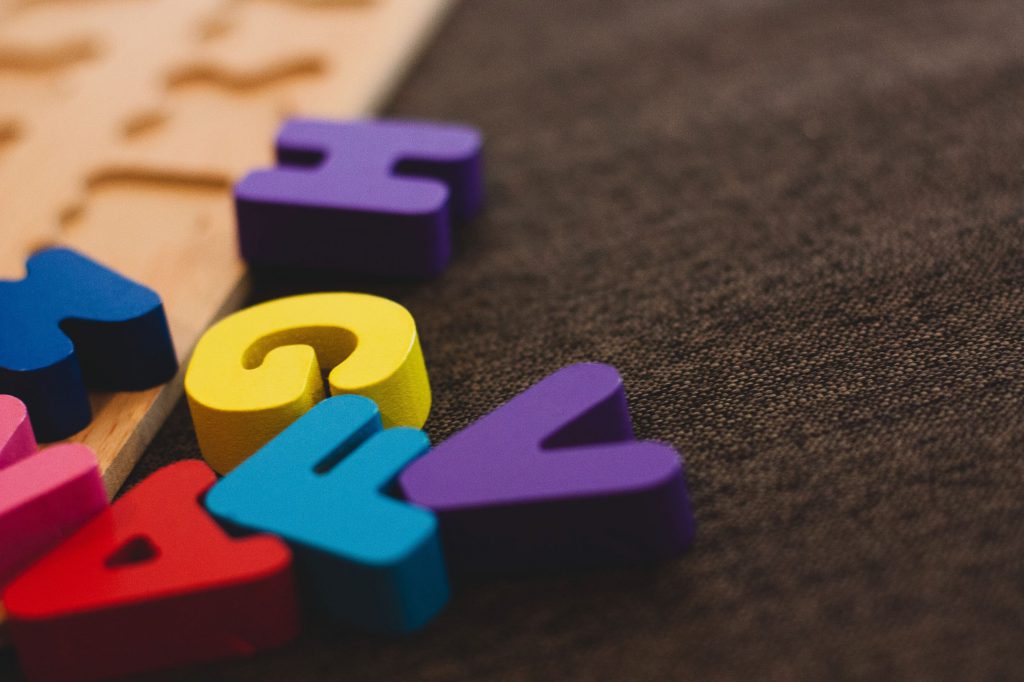Kristina Erstad-Sankey is Director of Program Quality at CEED. She and her team work directly with early childhood education providers, such as Head Start locations, child care providers, and school districts.

Q: Can you describe some general principles of what a high-quality early childhood program looks like?
KES: There are basic standards in areas such as health and safety—think ratios, supervision, personal care and hygiene practices, etc. There are also standards around the materials and curriculum used, program structure, furnishings, assessments, and developmentally appropriate practices. Things like funding, data use practices, and ongoing evaluation can come into play as well.
Another important aspect of program quality has to do with the relationships among staff and families. This can mean the quality of staff interactions with children as well as the level of family involvement and inclusion. What might be less well known outside the field is that program quality can also include things like staff turnover and compensation. Another thing we look for is staff access to relationship-based professional development and training.
You might be wondering who comes up with the standards that we use to evaluate program quality. We get guidance from quality rating and improvement systems; in Minnesota, we have Parent Aware. There are also state-based child care licensing requirements, school district standards, and Head Start standards. We also draw on information from organizations that advocate for high-quality early childhood education, such as the National Association for the Education of Young Children.
We also refer to standards that have been set by the Minnesota Department of Education called Early Childhood Indicators of Progress. The ECIPs describe the skills and knowledge that the Department of Education expects children to acquire in early childhood. The state also describes the skills and knowledge that they expect child care professionals to exhibit in their Knowledge and Competency Framework for Educators.
I know this might sound a little complicated, and it’s true that my team takes multiple dimensions of program quality into consideration when they do an assessment. However, the important thing to remember is that all of these standards and systems are working together to ensure that every child in Minnesota has access to early education that is meaningful to them.
Q: What is relationship-based professional development?
KES: Relationship-based professional development (RBPD) uses an ongoing professional relationship as the mechanism for growth and positive change in an early childhood educator’s practice. This is different from the traditional model of professional development that uses one-time trainings or in-service days as the mechanism. RBPD uses experience, reflection, and practice to help professionals set and achieve goals and have a long-term, sustainable impact.
Q: What would you like for early childhood educators to know about your team’s work?
KES: I love to highlight all of the different aspects of what we do, because often early childhood professionals are familiar with us from one specific area of our work. Maybe they have attended a training to learn how to use a formative assessment tool like Desired Results for Children and Families (DRDP) or COR Advantage. Or they have seen our staff present at a conference. We get the chance to interact with a lot of practitioners when we work with school districts on implementations and evaluations and when we conduct observations for example using the CLASS® or ERS™ assessment tools. We also provide group relationship-based professional development support. We are always looking for ways to partner!
One difference in COVID-19 pandemic times is that the in-person trainings that we normally offer are not possible. We are working diligently on an online format for these trainings, and when that is approved, it will appear in Develop and on CEED’s website. I’d encourage people who are interested to keep an eye out for that!
Q: What would you like for parents to know about your team’s work?
KES: One thing that seems to surprise many parents is how complex and well researched early childhood education is. Ask the early childhood professionals in your life about their work. Ask them about the assessments they use, a training or conference they went to, or what they’re up to on those staff training days. These practitioners really work hard to provide a quality program for the kids in their care, and I’ll bet they’d love to share with you the new things they are learning and thinking about.
In general, many people are surprised by the level of thought and preparation that goes into things like how a classroom is organized, how a concept is taught, or how a backyard is set up. All of these are guided by standards, research, and recommended practices. For example, a classroom might look really tidy to a visitor. We might look at how that cleanliness impacts the children in that classroom. Is the tidiness making it easier for children to find and use materials, to stay focused? Is the teacher’s time spent tidying up the room at the expense of learning moments? Taking time to learn and reflect about early childhood education is time well spent. Whether you are a grandparent taking care of a grandchild, an assistant teacher in a Head Start classroom, an educator in a toddler room, or a family child care professional, knowing how to support quality early childhood education is important!
Q: What are some of your interests and hobbies outside of work (aside from being a busy parent)?
KES: Running! I am working towards a marathon, but for now I’m just happy I can run miles in the double digits.



